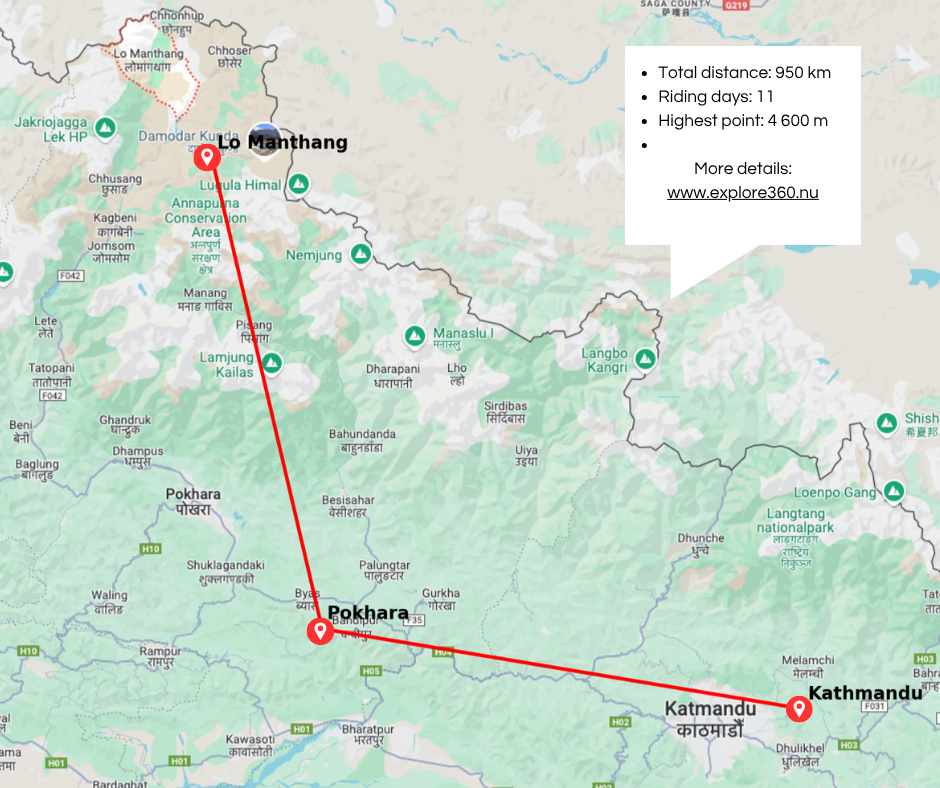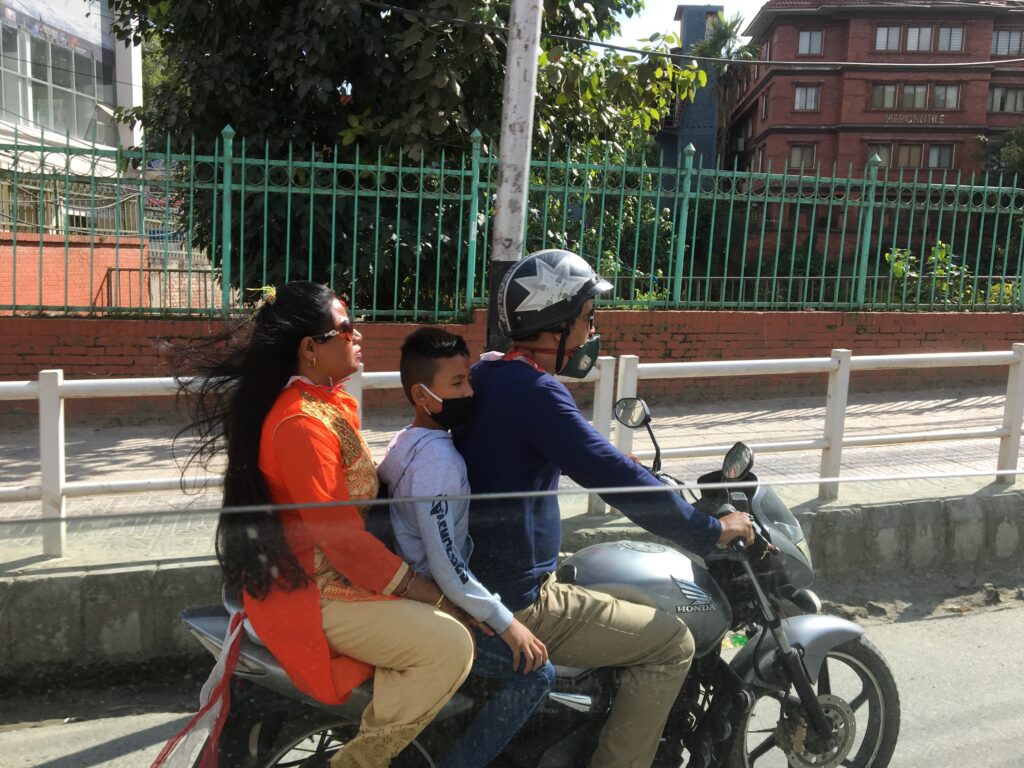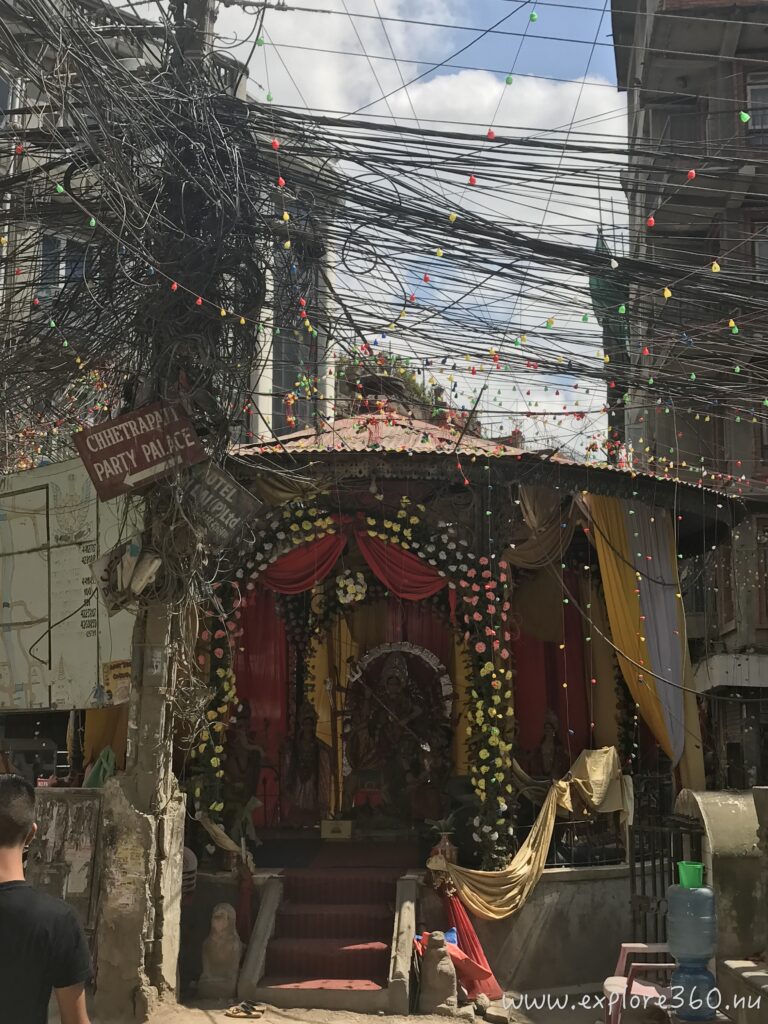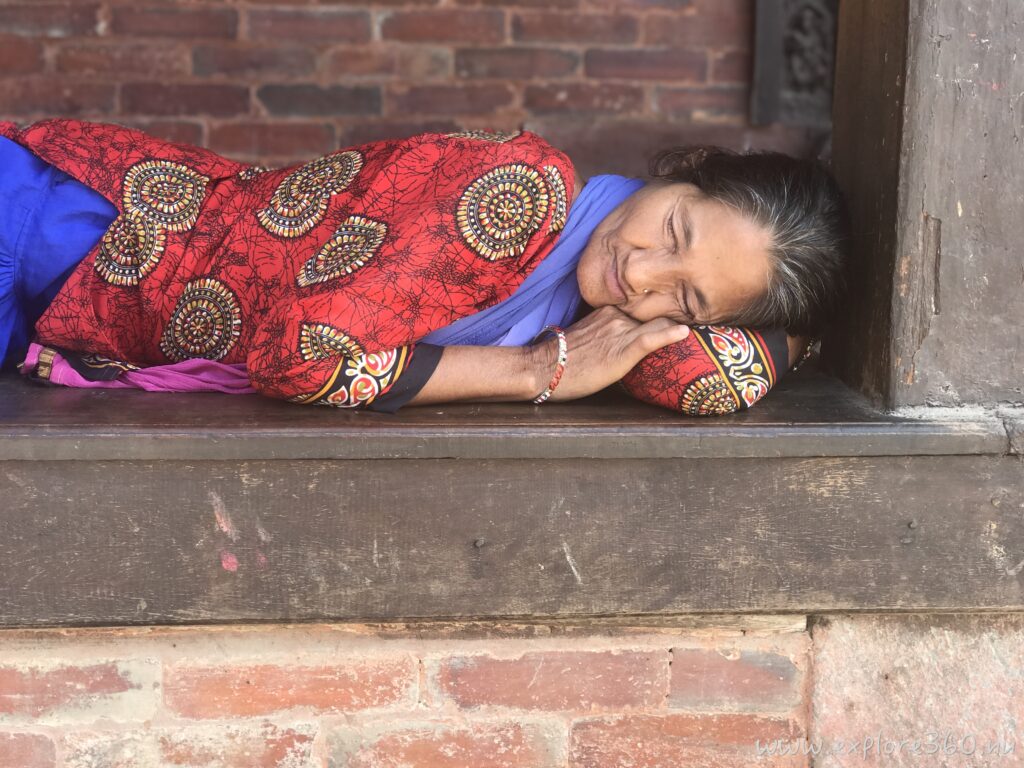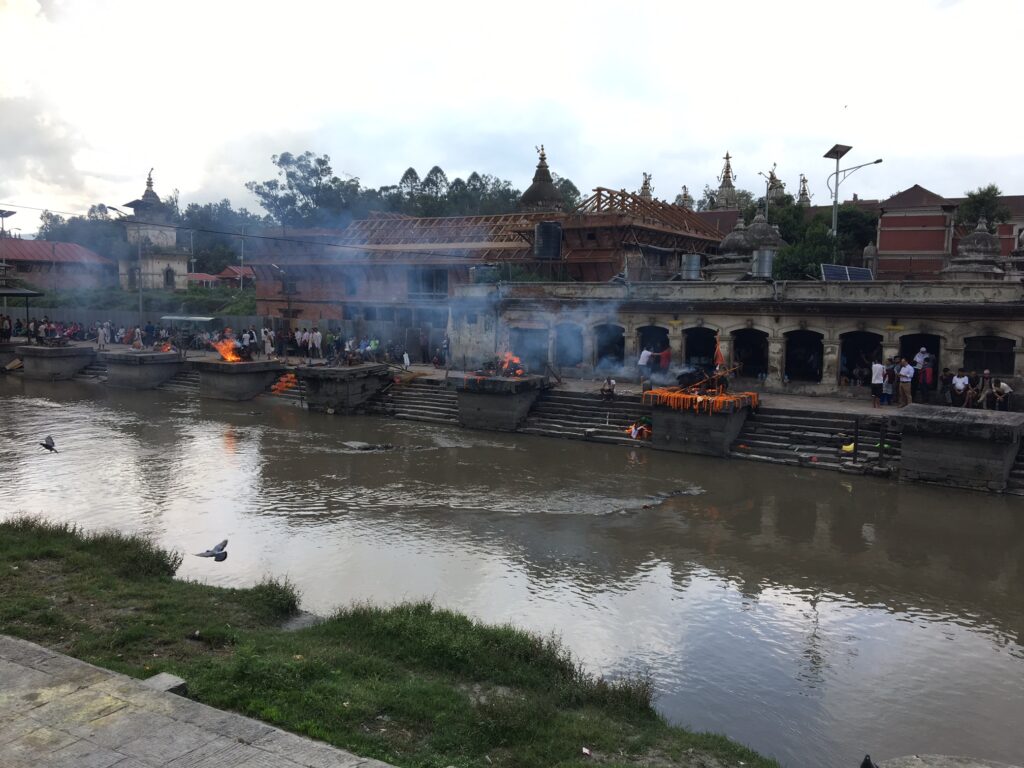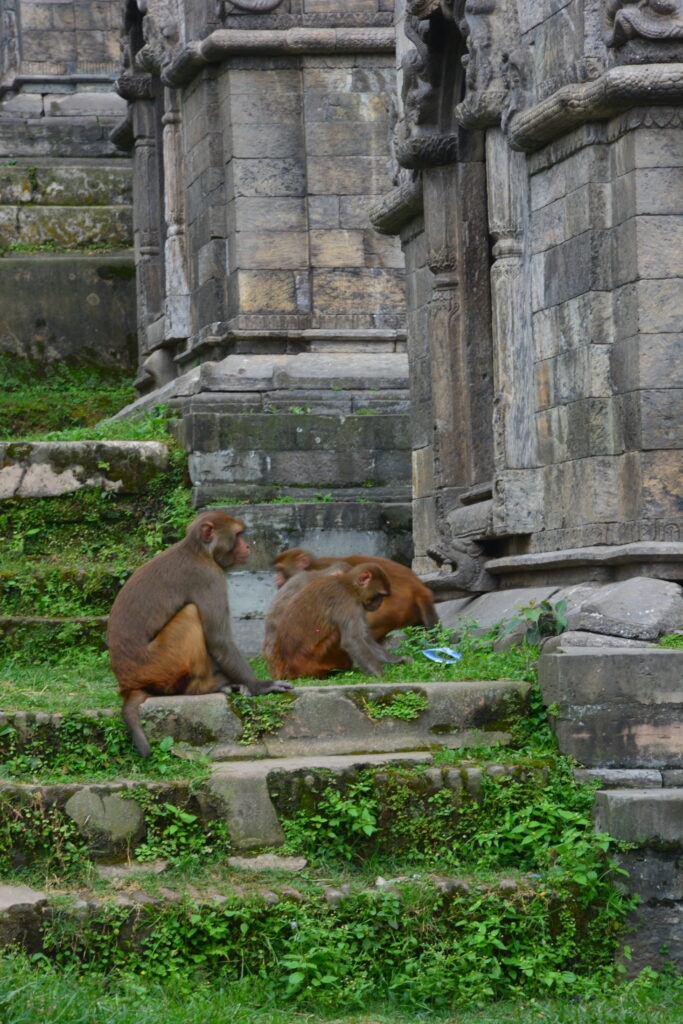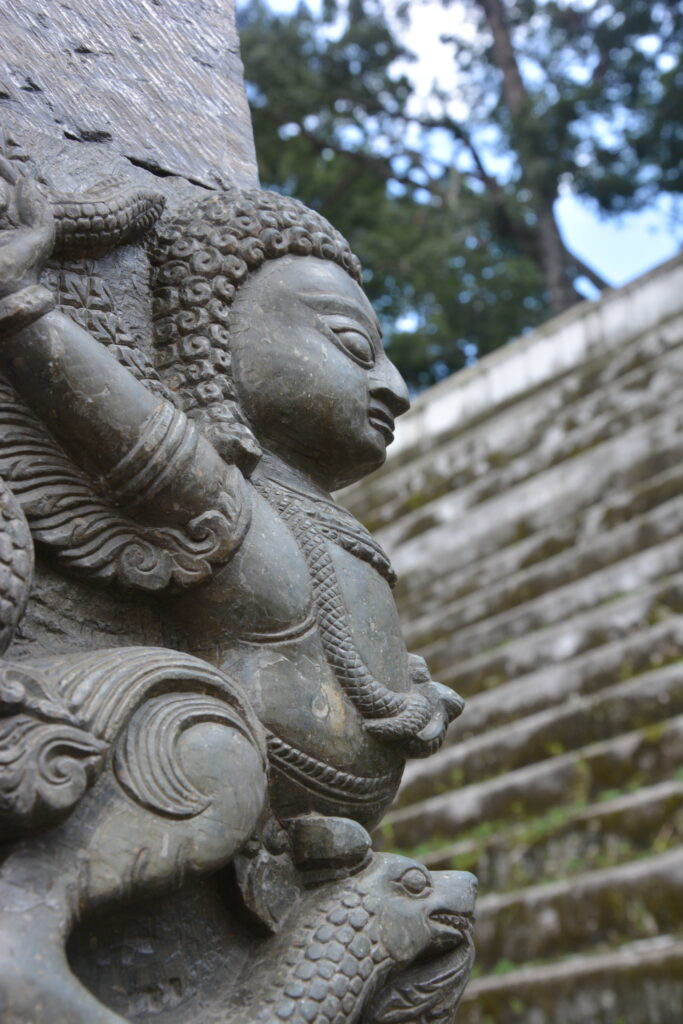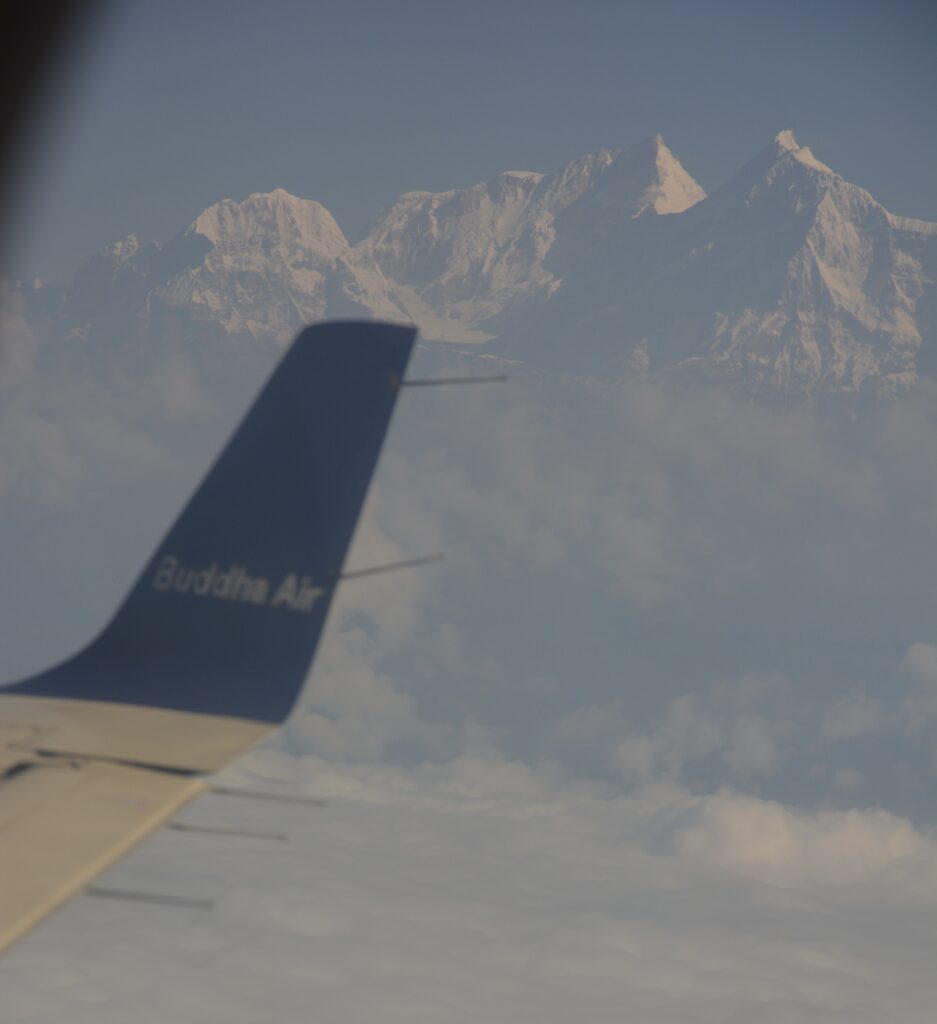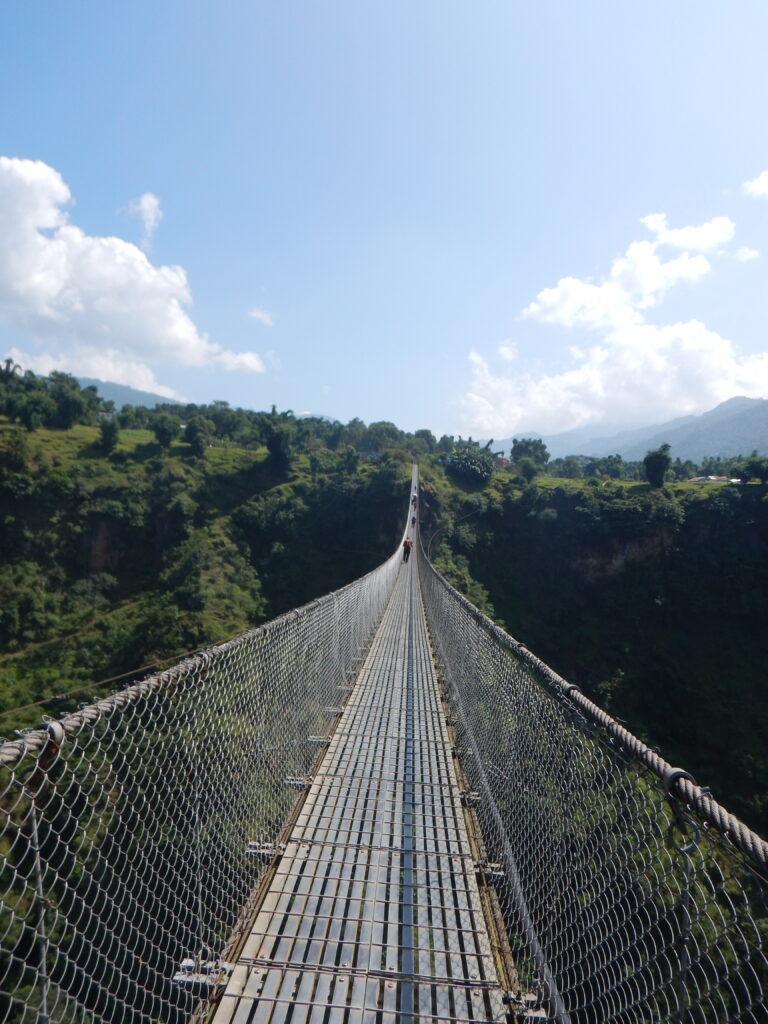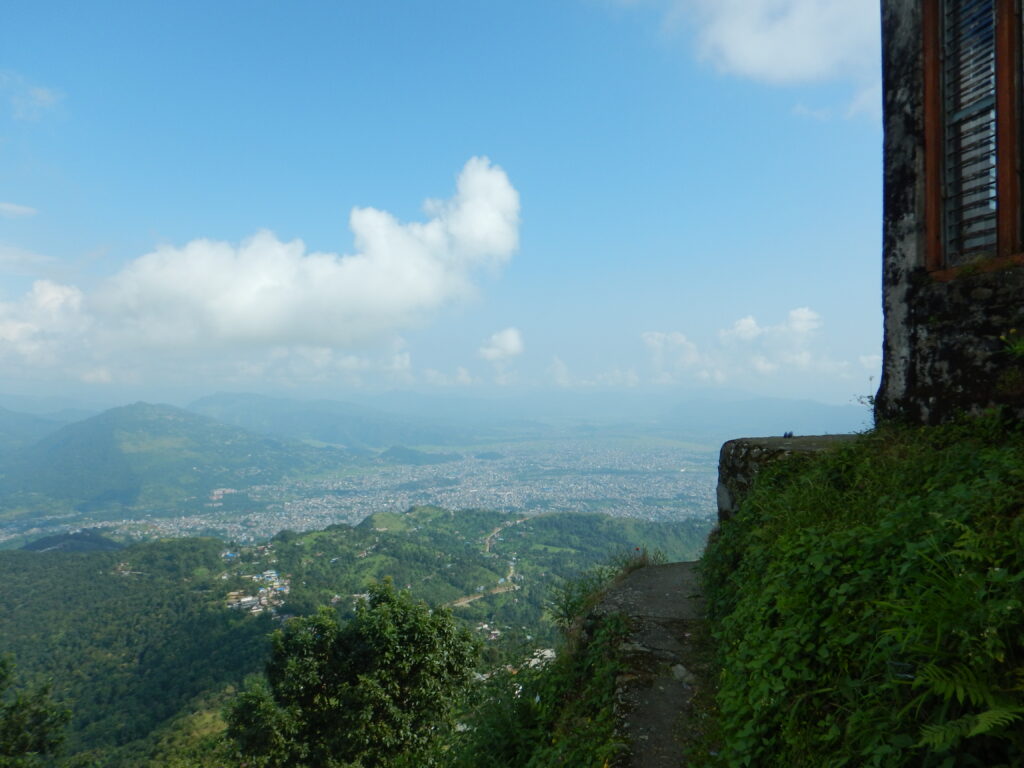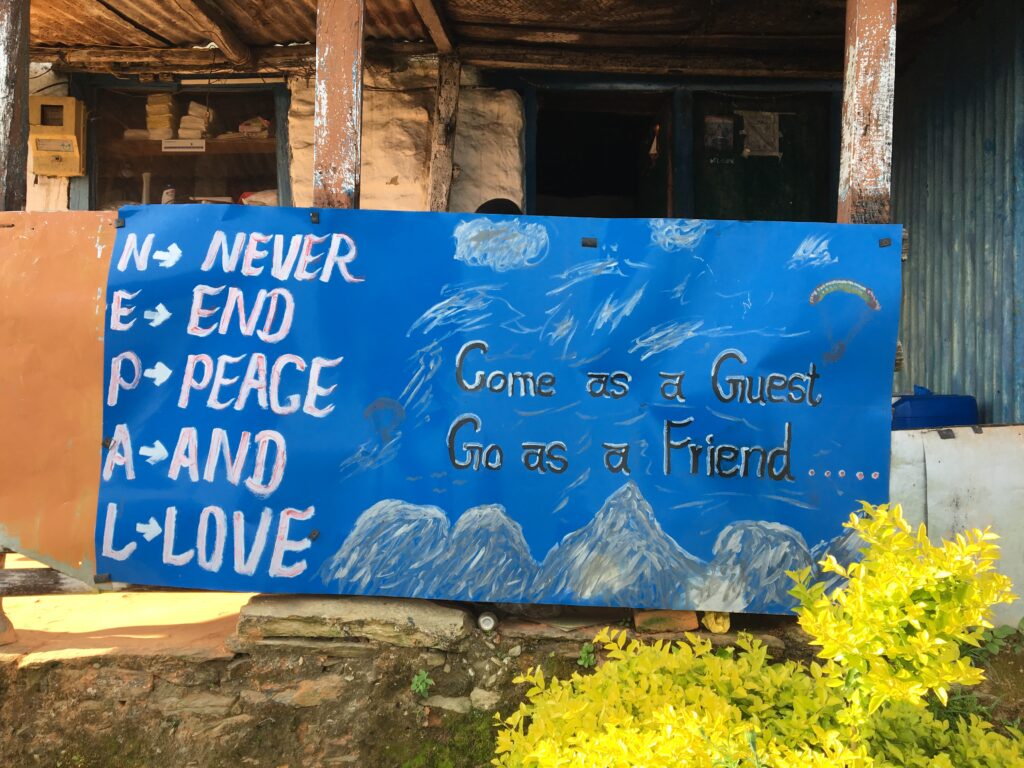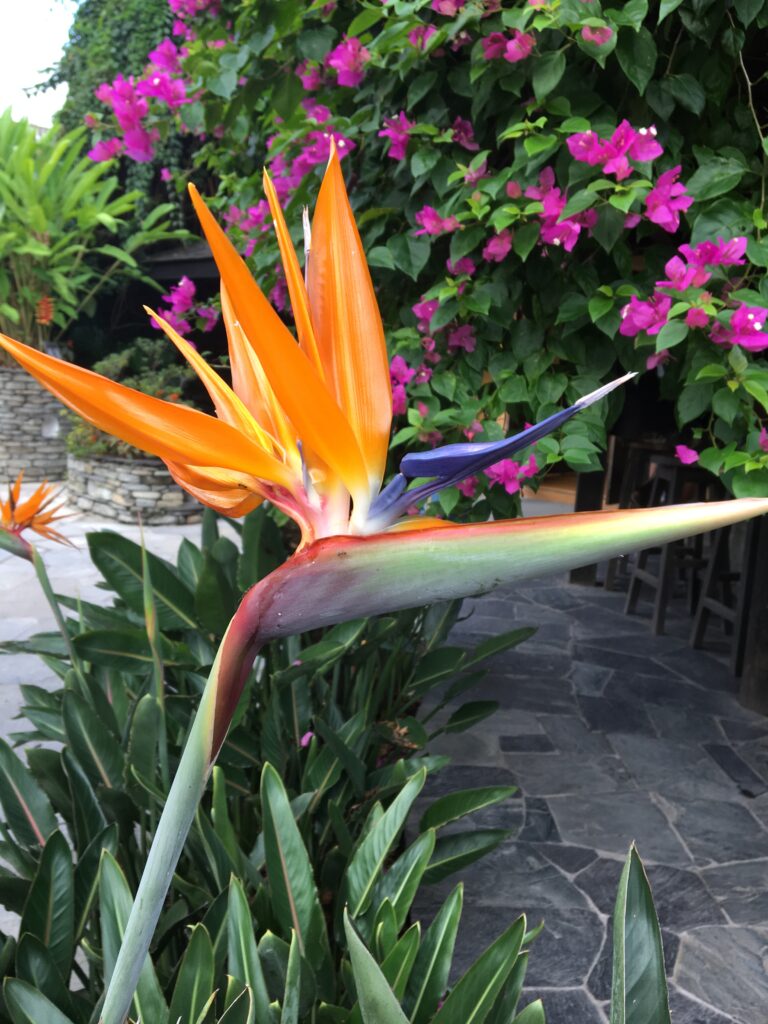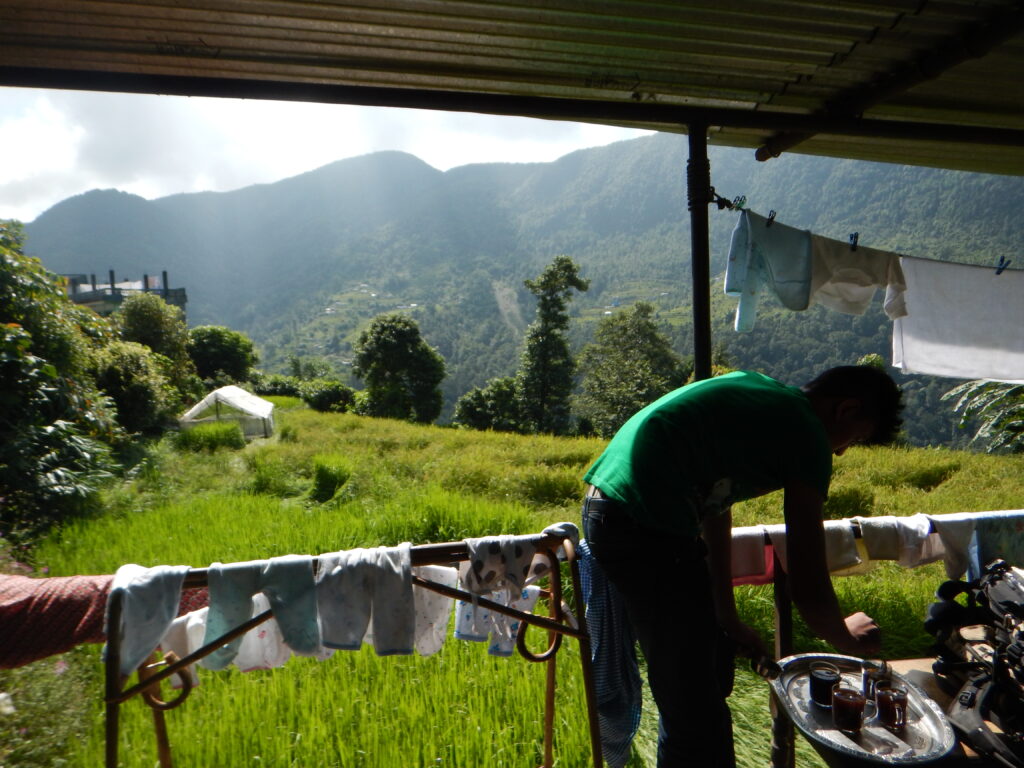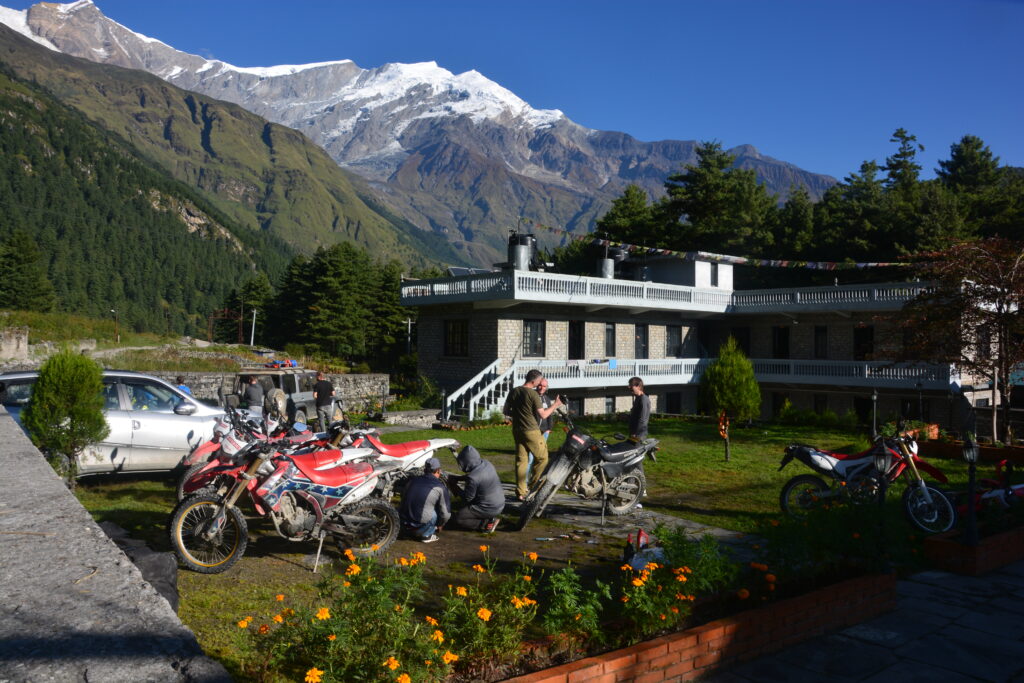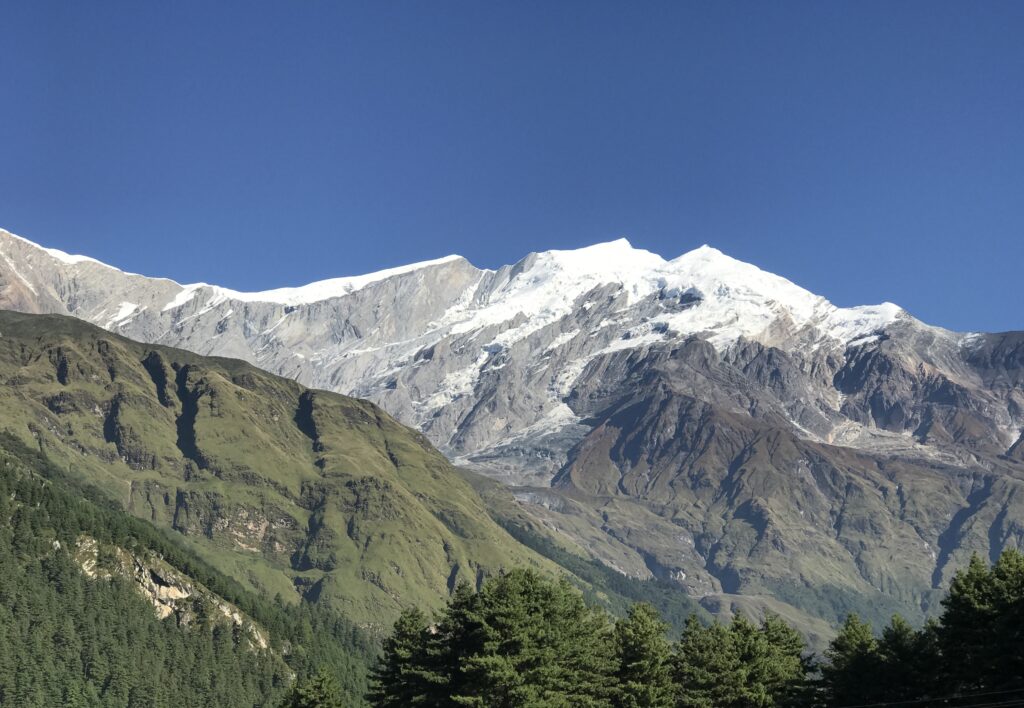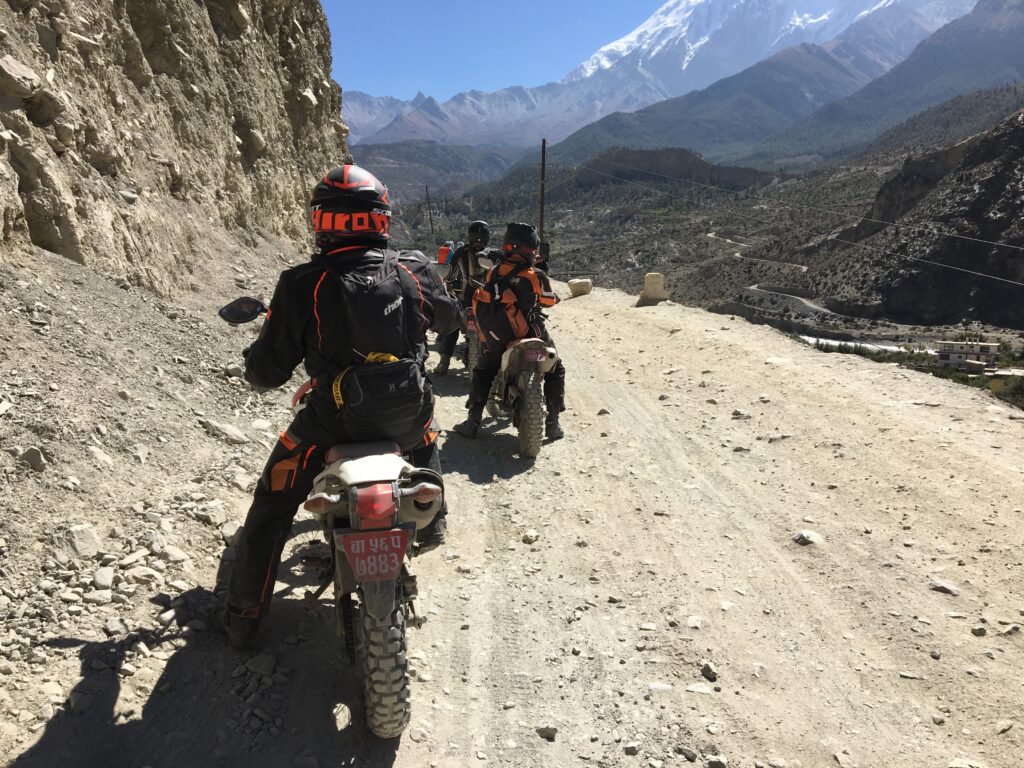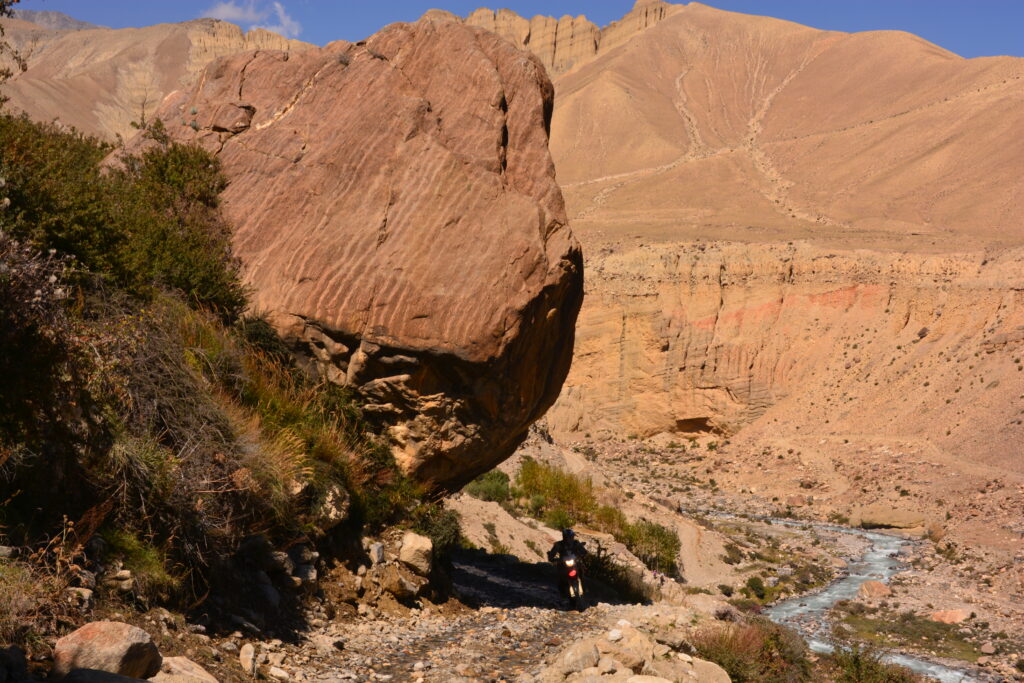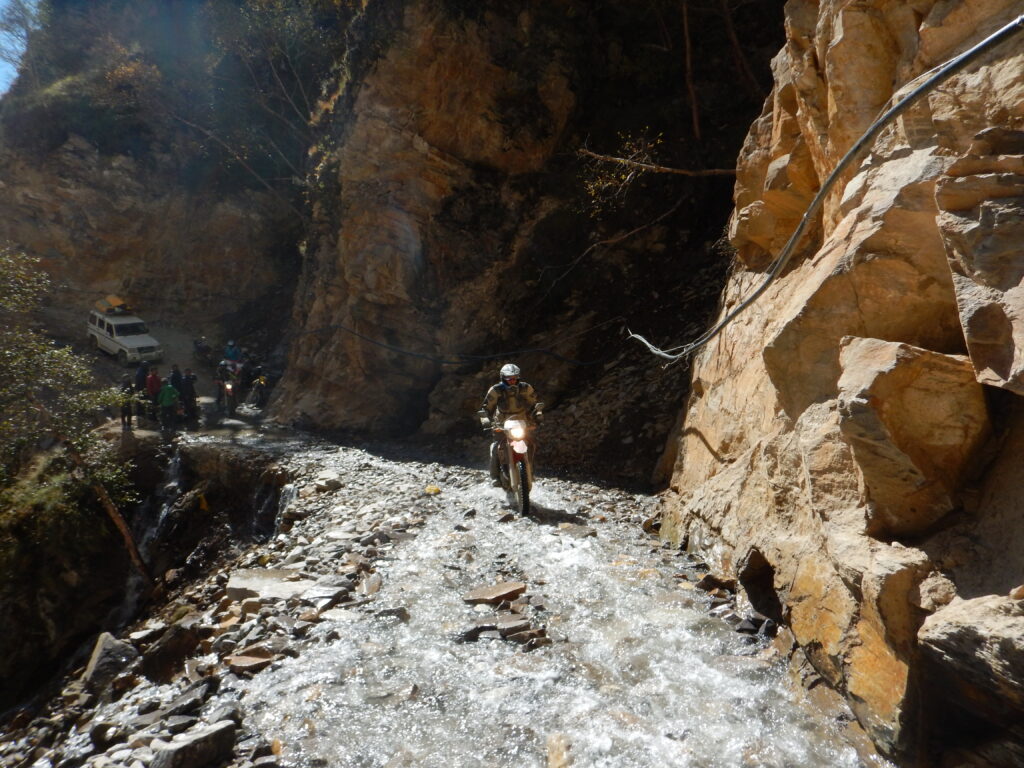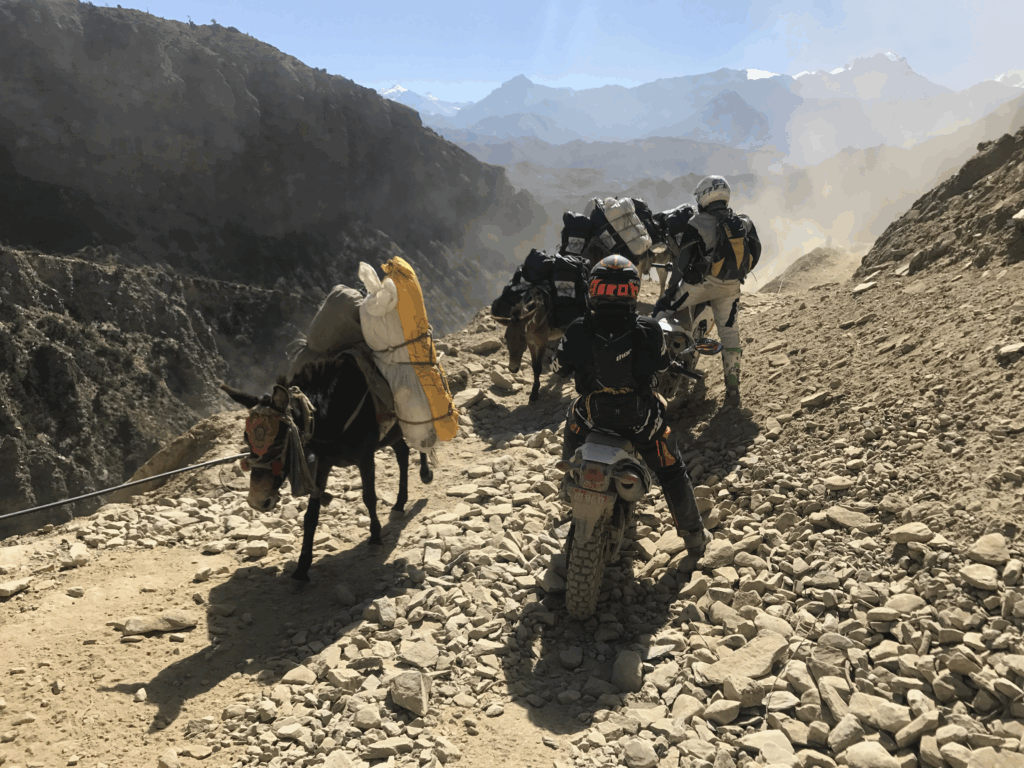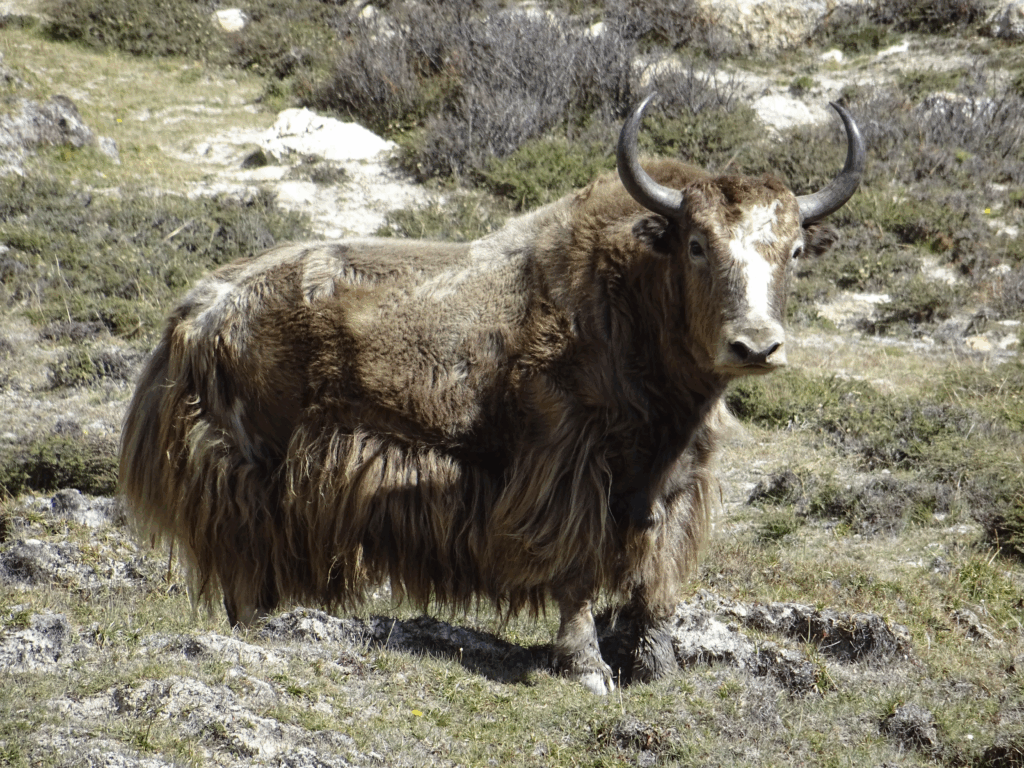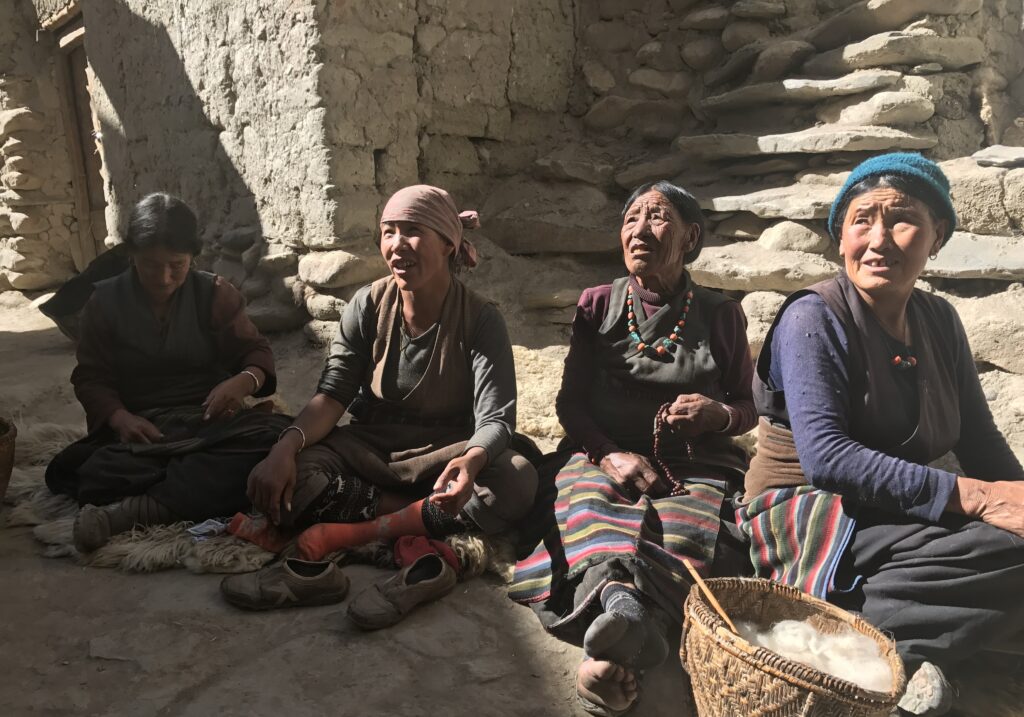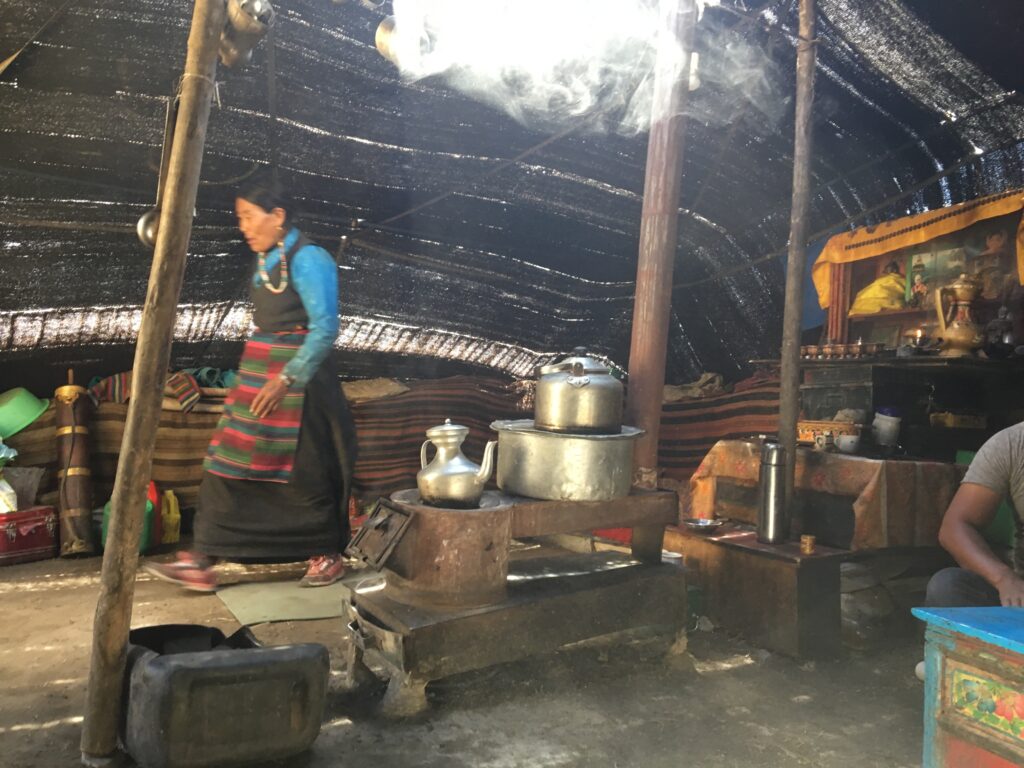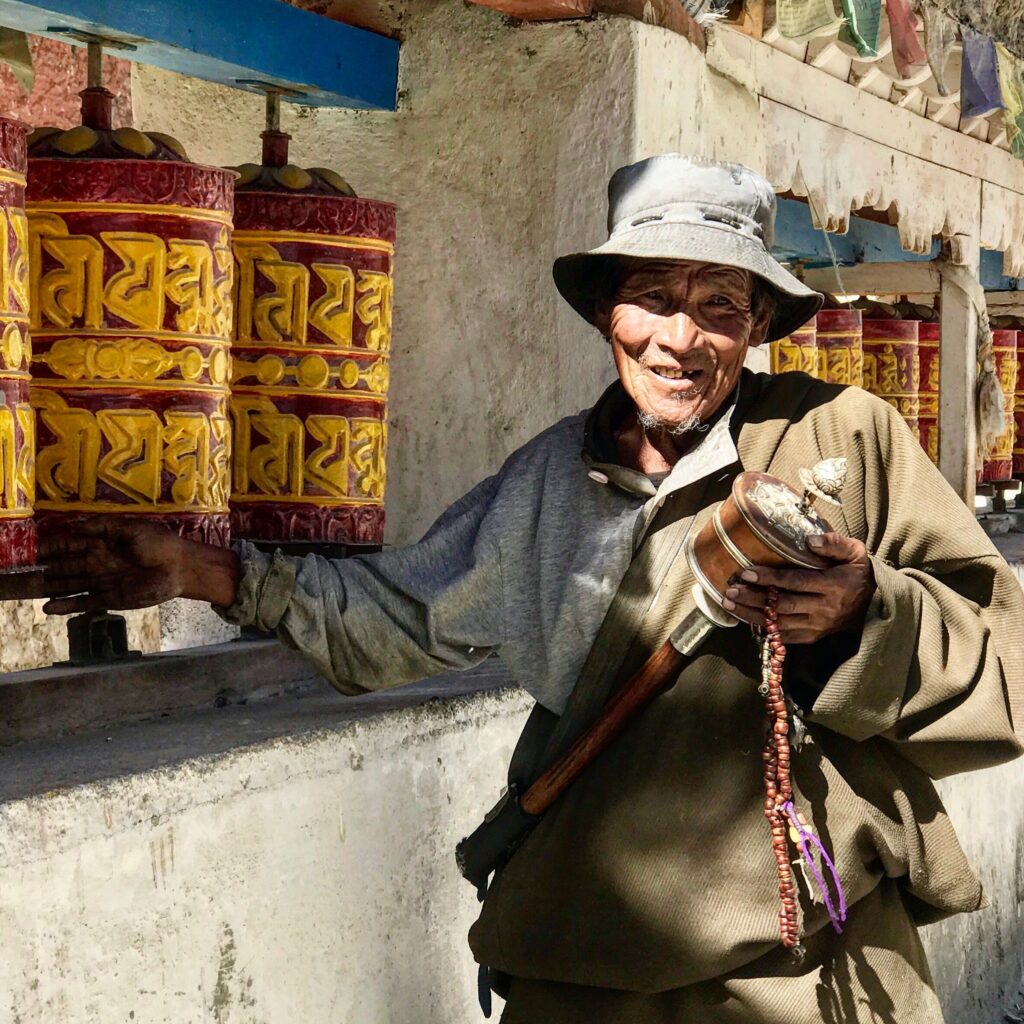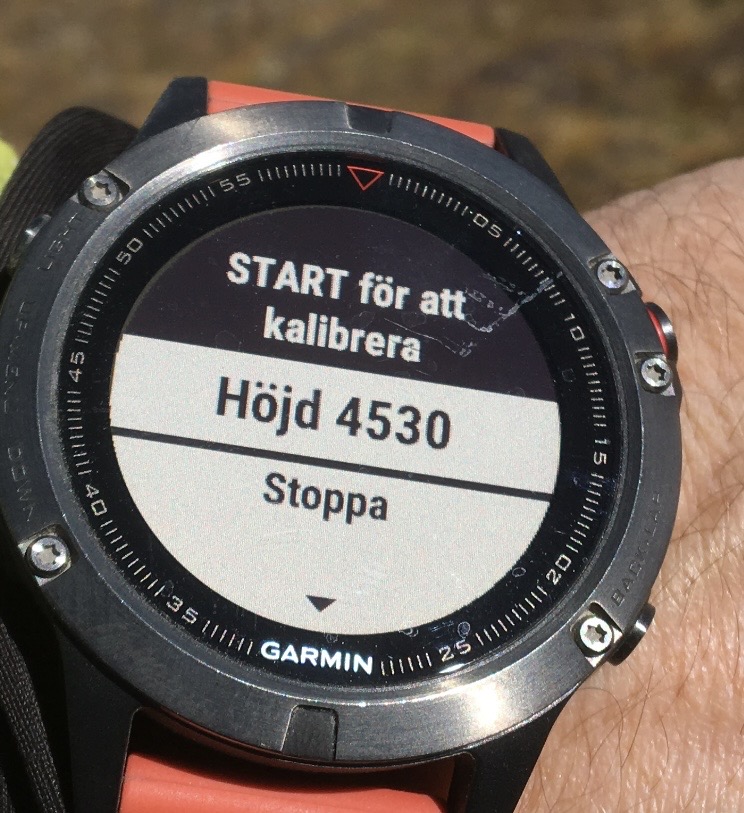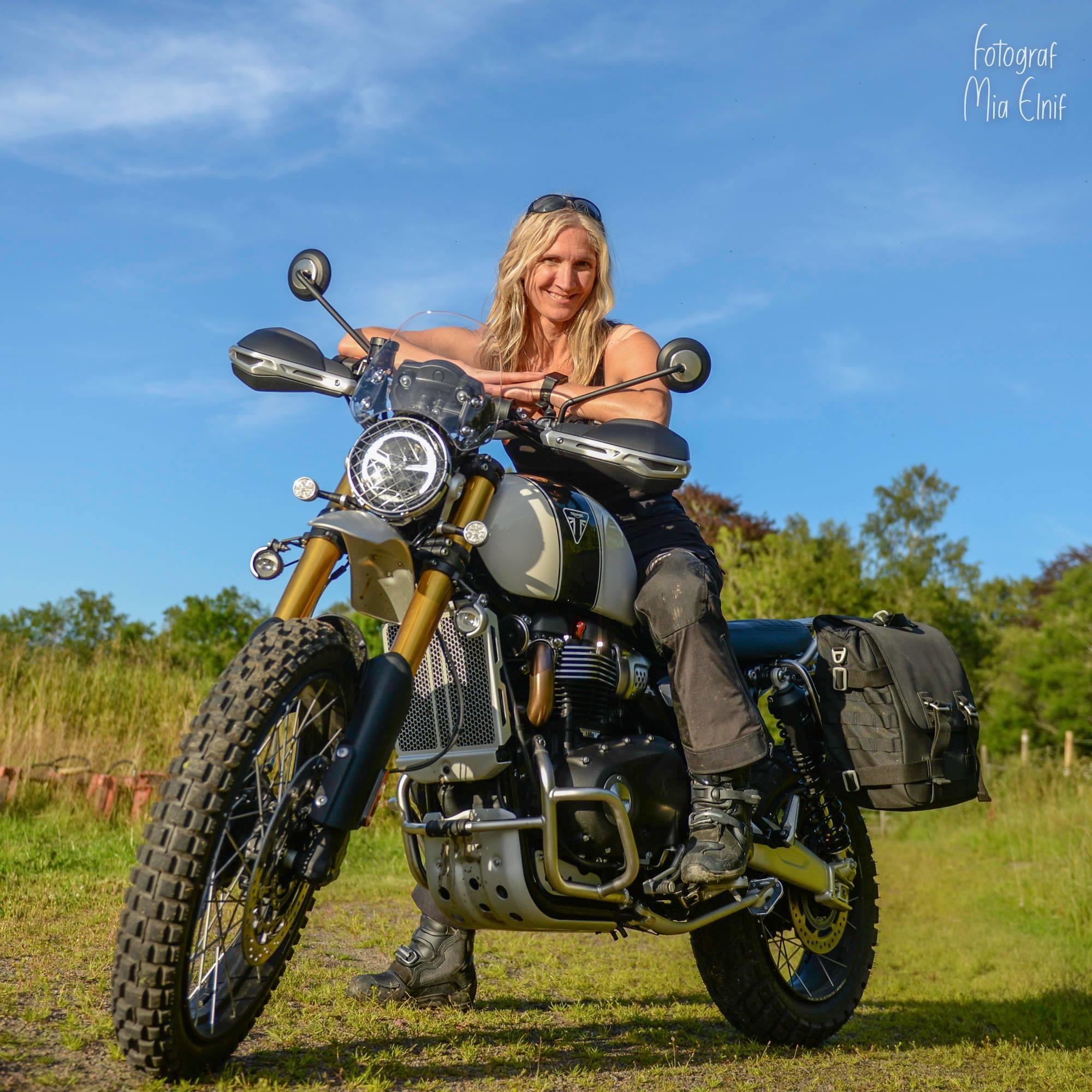Nepal and Upper Mustang – a magical adventure in the land of contrasts
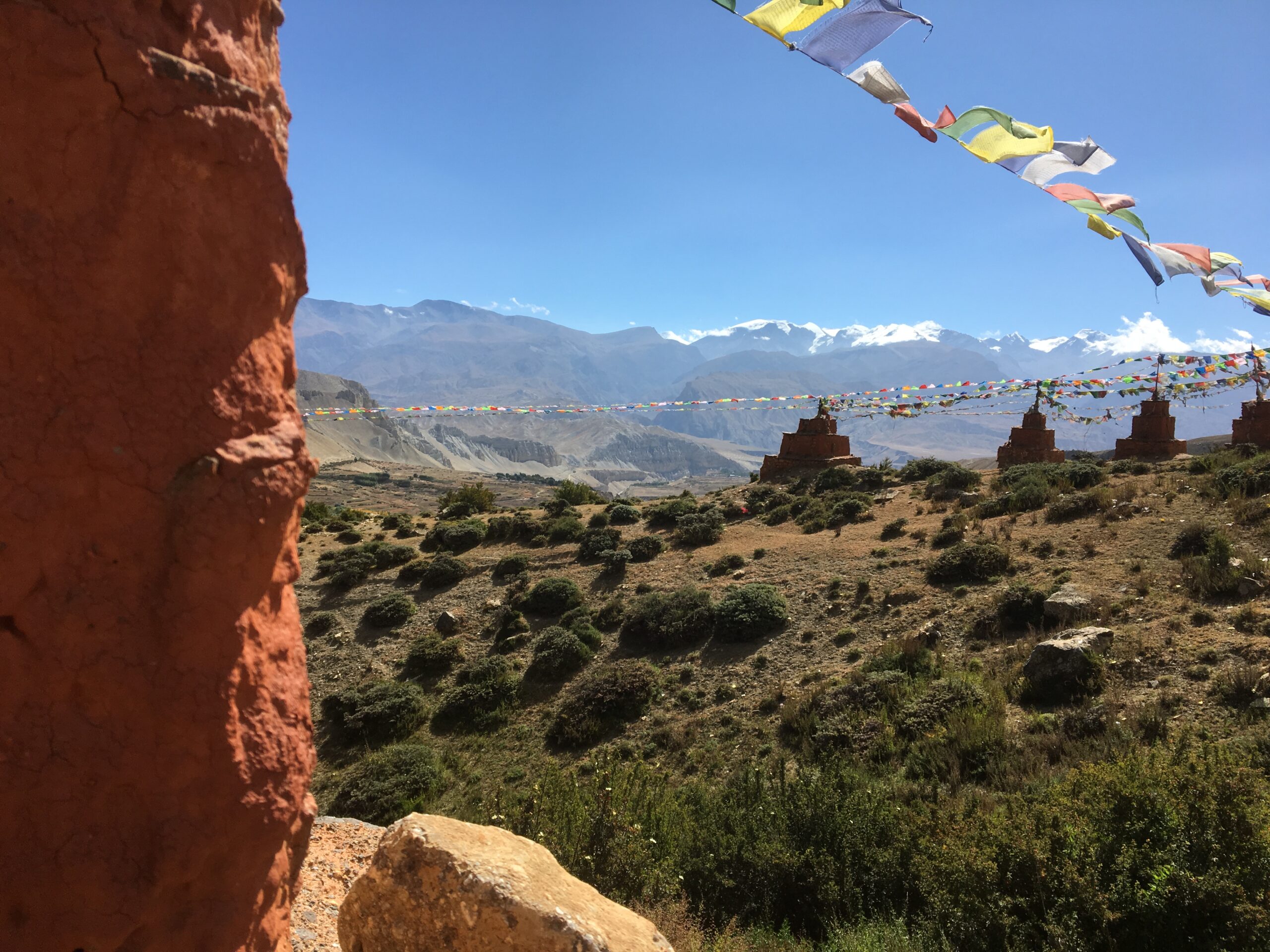
Eight adventure-hungry riders from across Sweden touch down in warm, humid Kathmandu, Nepal’s capital. Some of us already know each other; a few have travelled with Explore360° – run by Chris Wilthuis – to other destinations. For me it is the first time in this part of the world, and I step off the plane buzzing with excitement and curiosity.
Nepal sits wedged between the giants China (the autonomous region of Tibet) and India.
It hosts eight of the world’s ten highest peaks, covers roughly a third of Sweden’s land area, and its 30 million inhabitants are mostly Hindu.
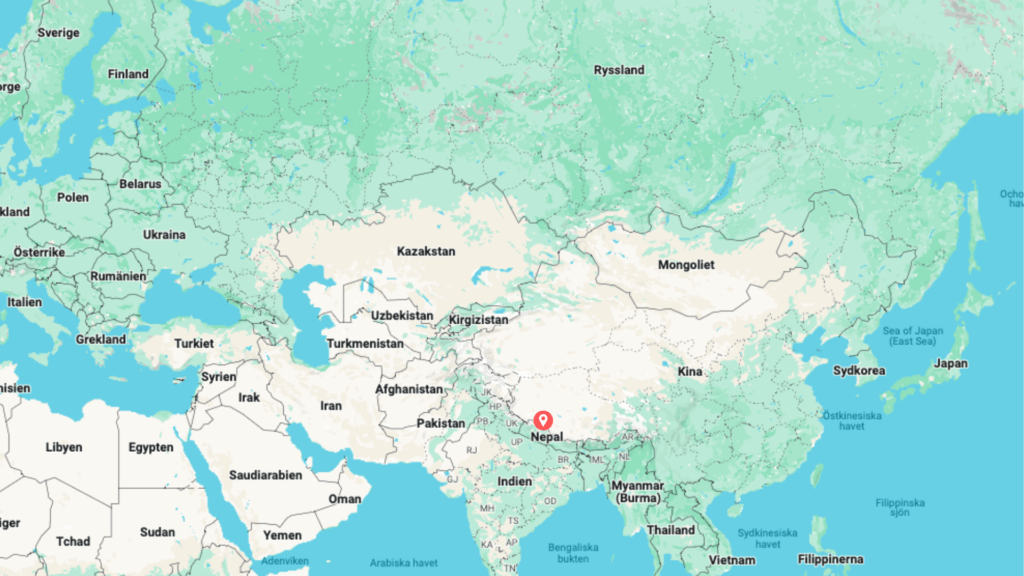
More than a hundred ethnic groups give the country a rich cultural life. After a decade-long Maoist uprising, the absolute monarchy was replaced by a democratic republic in 2008. Roughly one million people live in Kathmandu: a riot of colour where East and West collide.
First impressions
Simply landing at Kathmandu airport – and navigating the entry procedures – is an experience. It is hot; the air smells of sunshine, incense and spices, and people are everywhere. I am wide-eyed and eager: over the next two weeks we will ride motorbikes to Upper Mustang and back to Kathmandu. On the taxi ride to the hotel I realise what lies ahead: we may be in the capital, yet the streets are bumpy gravel tracks riddled with potholes. The Nepalis are resourceful, though – a car ride equals a “free massage”, and the cosy, liftless boutique hotel is cheerfully billed as “eco-friendly”.
Exploring Kathmandu
We spend two nights in the city, giving ourselves time to adjust to the time zone and catch up on sleep in comfortable beds. The first evening we share a delicious meal at a charming restaurant near the hotel; spirits are high and curiosity palpable.
The next day is a full Kathmandu tour. Highlights include Pashupatinath, the Hindu temple complex beside the river, where we witness an open-air cremation ceremony. It feels odd to be present, but our guide explains that here it is auspicious to see the dead – the soul has moved on to a new plane. It is a day of intense impressions: from cheeky monkeys that will pinch anything you hold to serene monks chanting their melodic mantra.
After a good dinner we rise early to fly with Buddha Air to Pokhara, the start point for our ride. From the plane we see Himalayan giants poke through the clouds like silent sentinels.
The first miles in the saddle
Pokhara greets us with sunshine and warmth. After breakfast we dress and pack – our big suitcases were repacked in Kathmandu into waterproof duffels that can be tossed into the support jeep. Chris outlines the day: a few miles of tarmac – or Nepali “tarmac”, meaning gravel with patches of asphalt – before lunch, where we will fill the tanks at what proves to be the last fuel stop for a very long time. Then it’s 100 per cent off-road.
Riding out of town is sensory overload. At one point what looks like a small hill turns out to be a mound of goats beside the road. A woman walks past balancing a huge metal cabinet on her head – I marvel at her strength. Lush green mountains frame the road; terraced rice paddies cover their slopes. We trundle along: surface and traffic rule out speed, and that is not our aim. Frequent stops let us photograph and admire the view. Coffee is taken by Nepal’s longest suspension bridge – a long drop, not for the faint-hearted. Someone convinces me the bridge was built to prevent inbreeding; gullible as I am, I believe it… maybe it’s true!
Lunch is in a long, dusty village with a tiny airstrip wrapped in barbed wire. Tanks brimmed, we leave asphalt behind. The “road” now alternates between rock slabs, stones, mud – and more stones. Add traffic: not just other bikes but big buses, Land Rovers and ordinary two-wheel-drive cars that seem mad on this terrain. We meet traffic in nearly every bend, catch cars and overtake in ways I’d never attempt at home, blaring the horn to warn before passing.
Eventually we find our rhythm, yet it is a reduced group that reaches a guest-house in Lower Mustang after two punctures and an oil leak. A nail from the lunch village caused the first flat; the second struck deeper into the wild track. Miraculously the support jeep keeps pace despite the chaos and a massive jam, though they mend the tyre after dark. Tired but cheerful, we bed down after day one.
Surrounded by the Himalayas
Waking here is like stepping into a living postcard: snowy peaks, crisp air, a sky of deepest blue. The oil leak, luckily, is minor – a dented filter cap sealed with chemical metal. Breakfast done, we climb higher: Nepalis call these “hills” because nothing under 6 000 metres counts as a mountain. We and our Hondas feel the altitude.
Goal: Lo Manthang. The first pass is at 4 000 m; prayer scarves flutter here to bless long, healthy lives. Cool but not cold, the panorama is a vast painting that steals our breath.
Lo Manthang
On the Tibetan plateau, Lo Manthang was the capital of the ancient Kingdom of Mustang, which survived as the Kingdom of Lo until modern times. Upper Mustang was closed to foreigners until 1992 and long reachable only on foot, yak or pony. Motor vehicles were allowed first in 2015, and the region remains a restricted zone: foreign visitors need special permits and vehicle numbers are capped to protect fragile culture and environment. Chris secured ours in advance, so the border crossing is smooth.
We spend two nights here. Day one: a morning ride into the mountains to visit nomads; afternoon culture with a local monastic school and monastery. The nomad visit is unforgettable. We sit in their tent, drinking yak-milk tea – reminiscent of hot bouillon. Three times a year they move with their yak herd, selling milk, cheese, butter and wool where pasture allows.
Some of us hike up the hill for a closer look at the herd. At this height progress in bike gear is painfully slow: after twenty metres I am rooted to the spot, lungs on fire. A minute’s rest restores breath and we plod on. We finally reach 4 530 metres – my highest elevation without an aeroplane.
Before leaving Lo Manthang we detour towards the Chinese border. Local police advise caution owing to unrest, so we keep our distance, but at last phones pick up a Chinese signal after days of radio silence.
The mountains in reverse
The route south is nominally the same, yet views feel new – mountains appear different from above. Nepal drives on the left, so now the sheer drop is on our outer side. Traffic thickens: further north the roads were ours; heading south there are more motorbikes, the odd tractor and jeep, though big buses don’t venture this high.
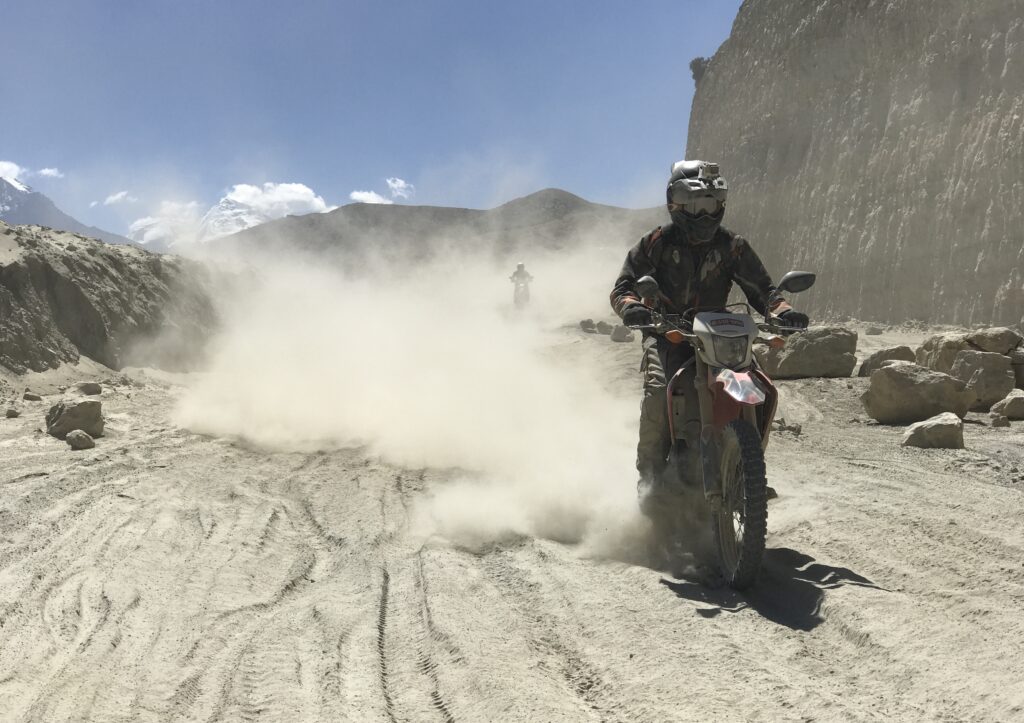
We overnight in Kagbeni, near the Upper Mustang border, where we lunched on the way up. The mileage is telling; we are weary, sleep has been patchy. Soon the challenge is no longer altitude plus tough riding, but tough riding plus the mad traffic of the “highway” linking Kathmandu and Pokhara. Even so, the return to Kathmandu is mostly smooth; the only drama is nearly running dry on fuel in rush hour at the city’s edge.
A breath in another world
Nepal and Upper Mustang are extraordinary. The Nepalis are warm-hearted, welcoming and endlessly smiling. Ten days on a motorbike beneath the Himalayas – battling varied terrain, absorbing rich culture – is a privilege. The impressions take time to settle once back in “reality”.
For me the ride was a challenge and a masterclass: I stretched my skills without ever feeling unsafe. Many pieces must align for such a trip – route, sights, lodging, bike hire, local guide, those small extras born of experience – and Chris’s expertise made it seamless while retaining a sense of shared adventure. Matching that solo would demand vast effort.
Nepal and Upper Mustang are many journeys in one: not only the physical ride through natural and cultural diversity, but a step back in time – a breath in another world. It is motorcycling in its raw, human and magical form.
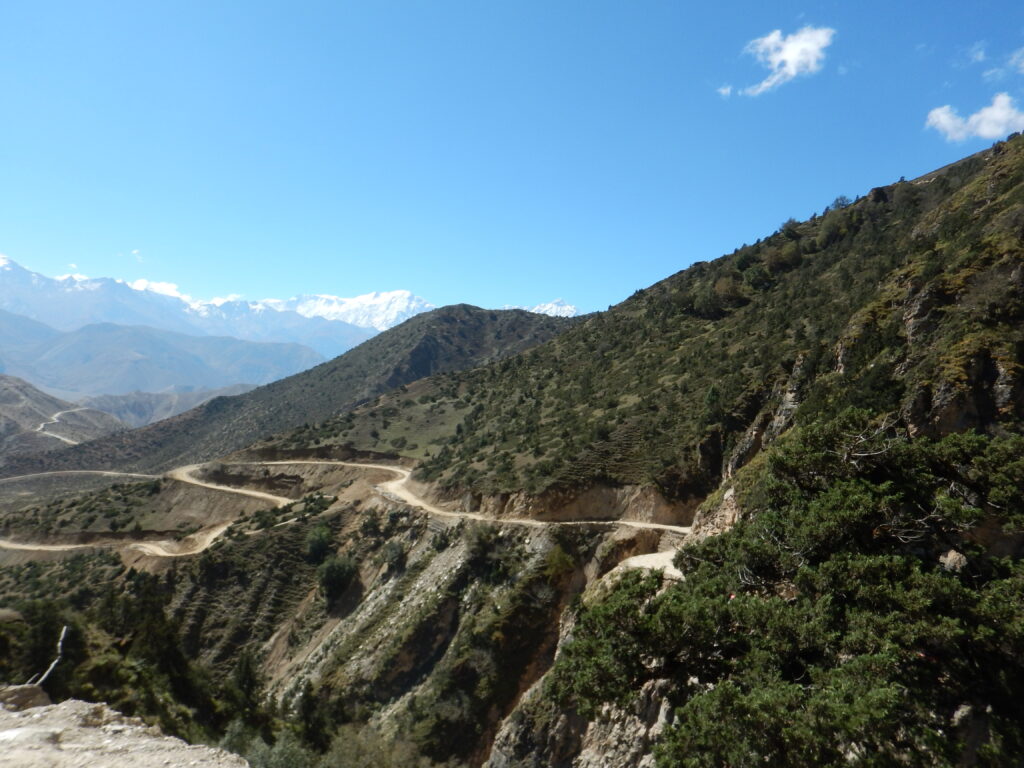
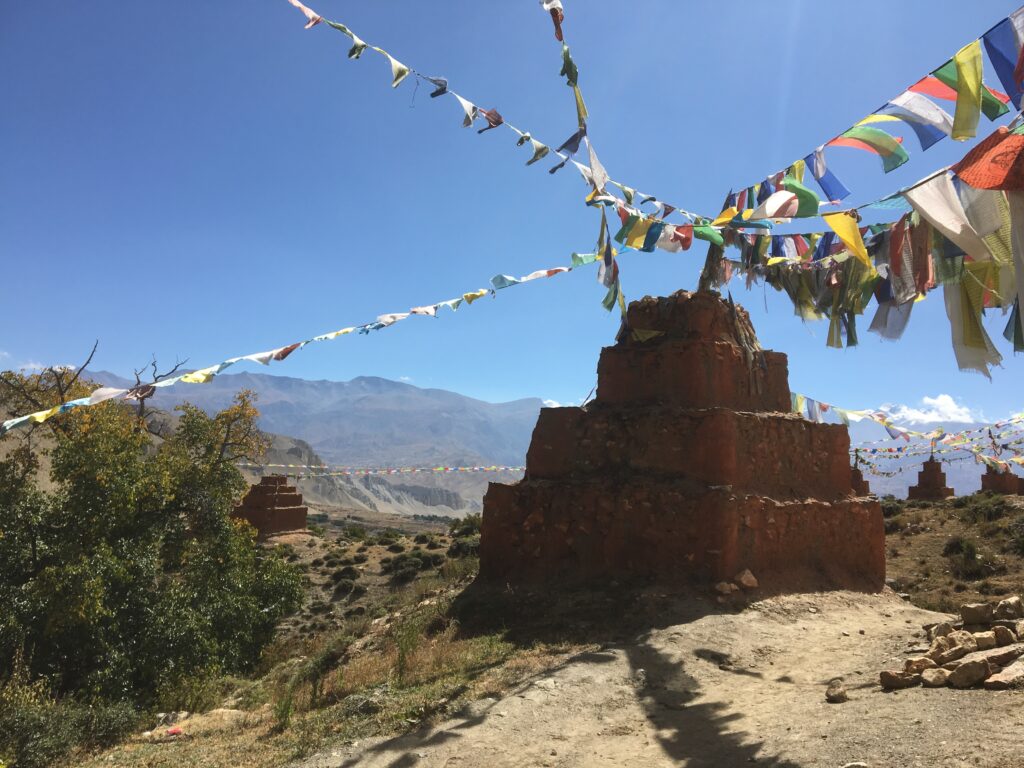
Further information
On this trip you will experience river crossings, rocky tracks and dusty gravel roads on a light Honda CRF 250 L. You should be an experienced rider; basic fitness and solid off-road skills will help you get the most from the tour.
See & do – a few highlights
- Kathmandu – a vibrant city: guided visits to Swoyambhunath (“Monkey Temple”) and Pashupatinath cremation temple.
- Kusma suspension bridge – Nepal’s longest.
- Kali Gandaki Gorge – the world’s deepest canyon, flanked by Dhaulagiri (8 167 m) and Annapurna (8 091 m).
- Lo Manthang – walled capital of Upper Mustang; guided tour of three monasteries.
- Chhoser – explore a cave with 84 chambers over five levels, once a refuge from raiders.
- The coloured cliffs of Dhakmar.
- Gar Gompa – Mustang’s oldest active monastery.
- Muktinath – sacred Hindu temple at 4 000 m.
- Kora La – near the Chinese border at 4 600 m.
- Tatopani – soak in natural hot springs after a day’s ride.
Equipment
Bring full motorcycling kit: helmet, solid off-road boots (no soft leather boots), gloves, goggles, and protective clothing with knee, elbow, shoulder and back armour. Packing is a challenge: Upper Mustang can be chilly, lowlands tropical. The Honda CRF 250 L awaits us in Pokhara; a support vehicle with local guide and mechanic accompanies the group. (Bike-gear hire is not available.)
Stay & eat
In Mustang we lodge in simple teahouses and guest houses; in Kathmandu and Pokhara we enjoy well-earned comfort. Nepalese cuisine is wonderfully varied: plenty of vegetarian options, with lentils and rice as staples. Don’t miss dal bhat – lentil soup with rice and vegetable curry – and momo, Nepal’s take on dumplings.
Getting there
After trial and error, Chris recommends Qatar Airways via Doha to Kathmandu. Other options include Turkish Airlines and Emirates.
